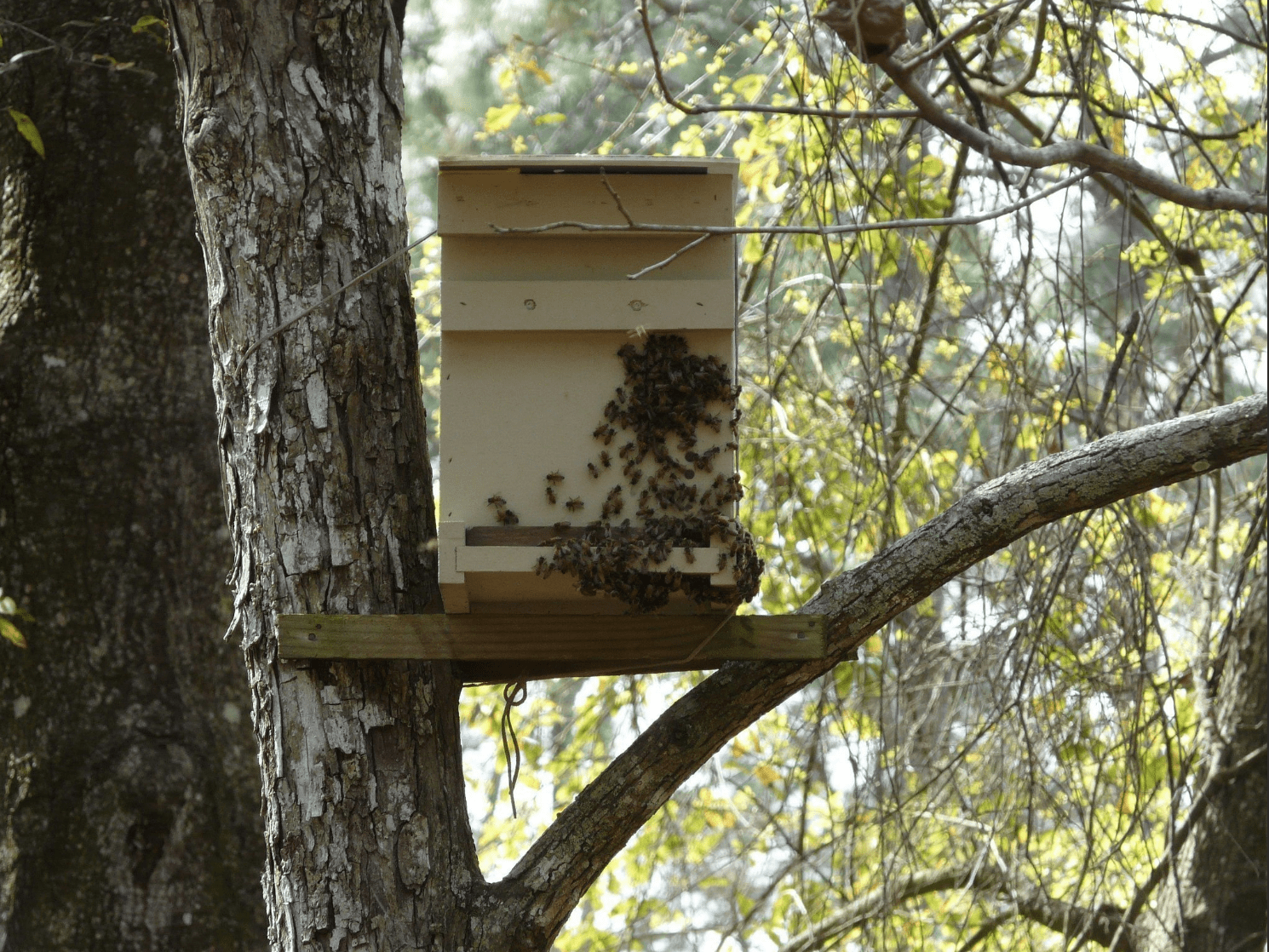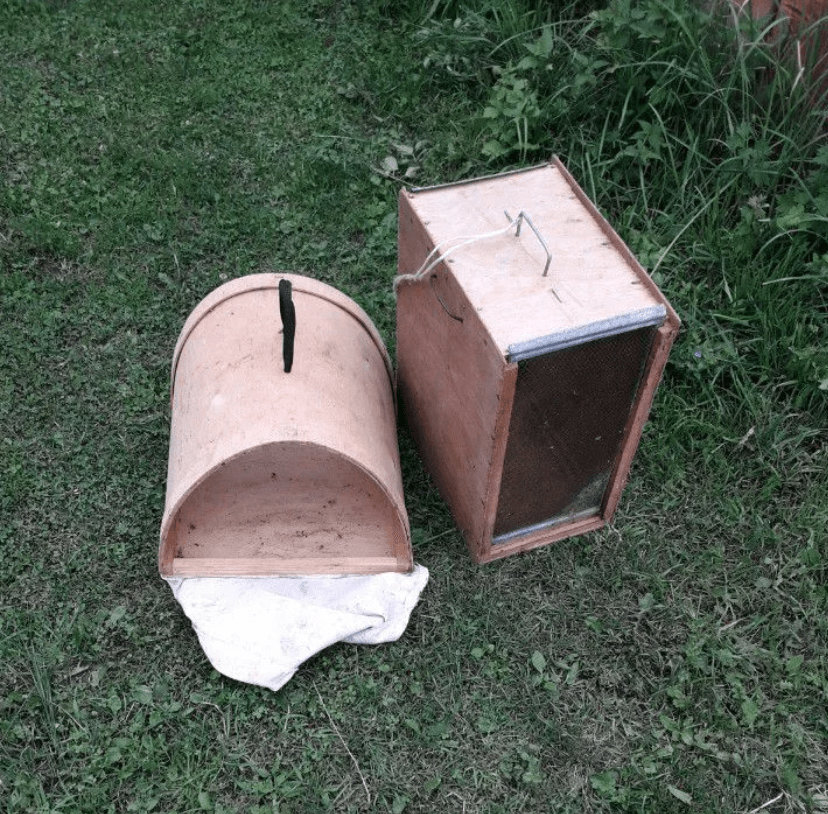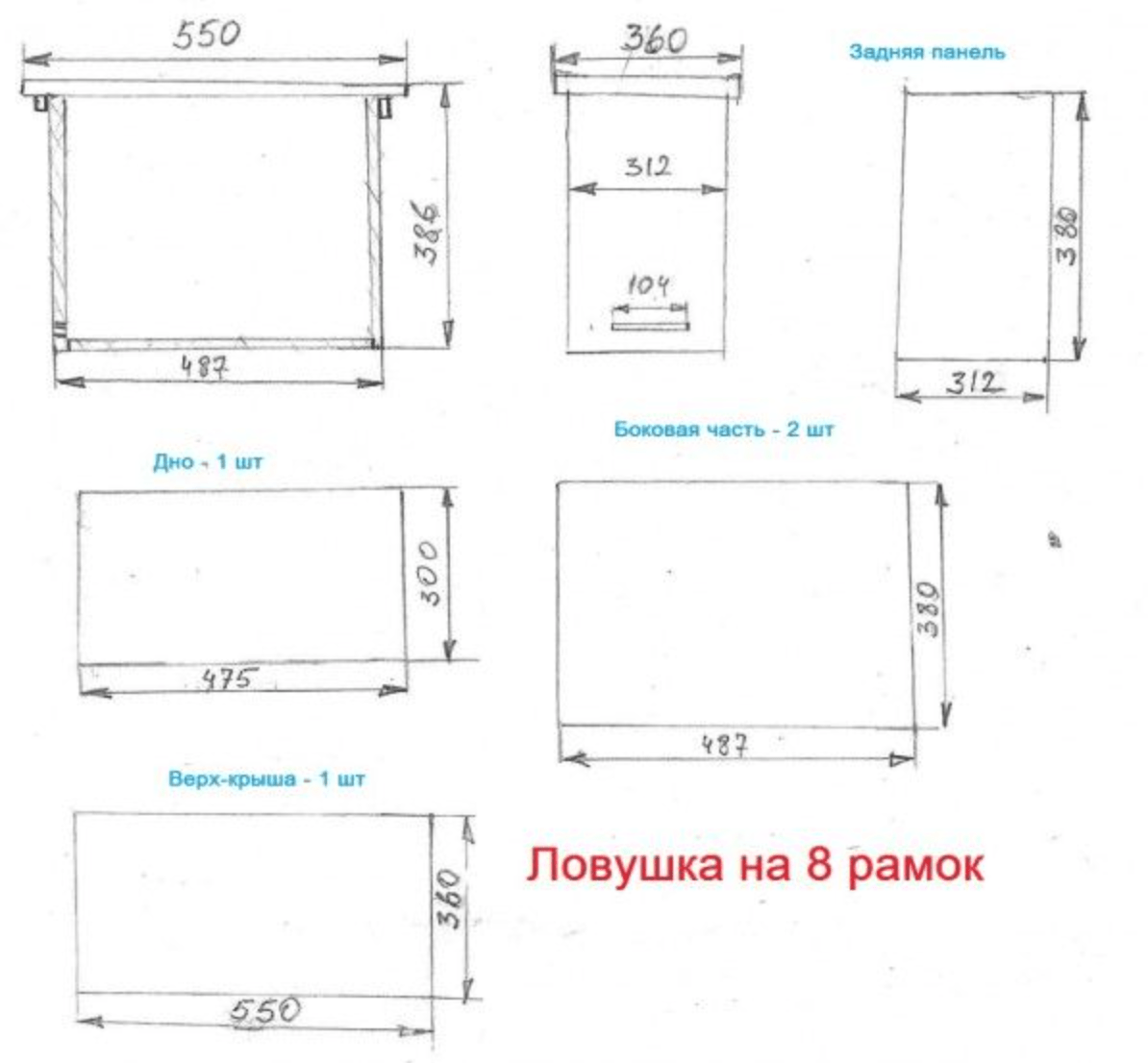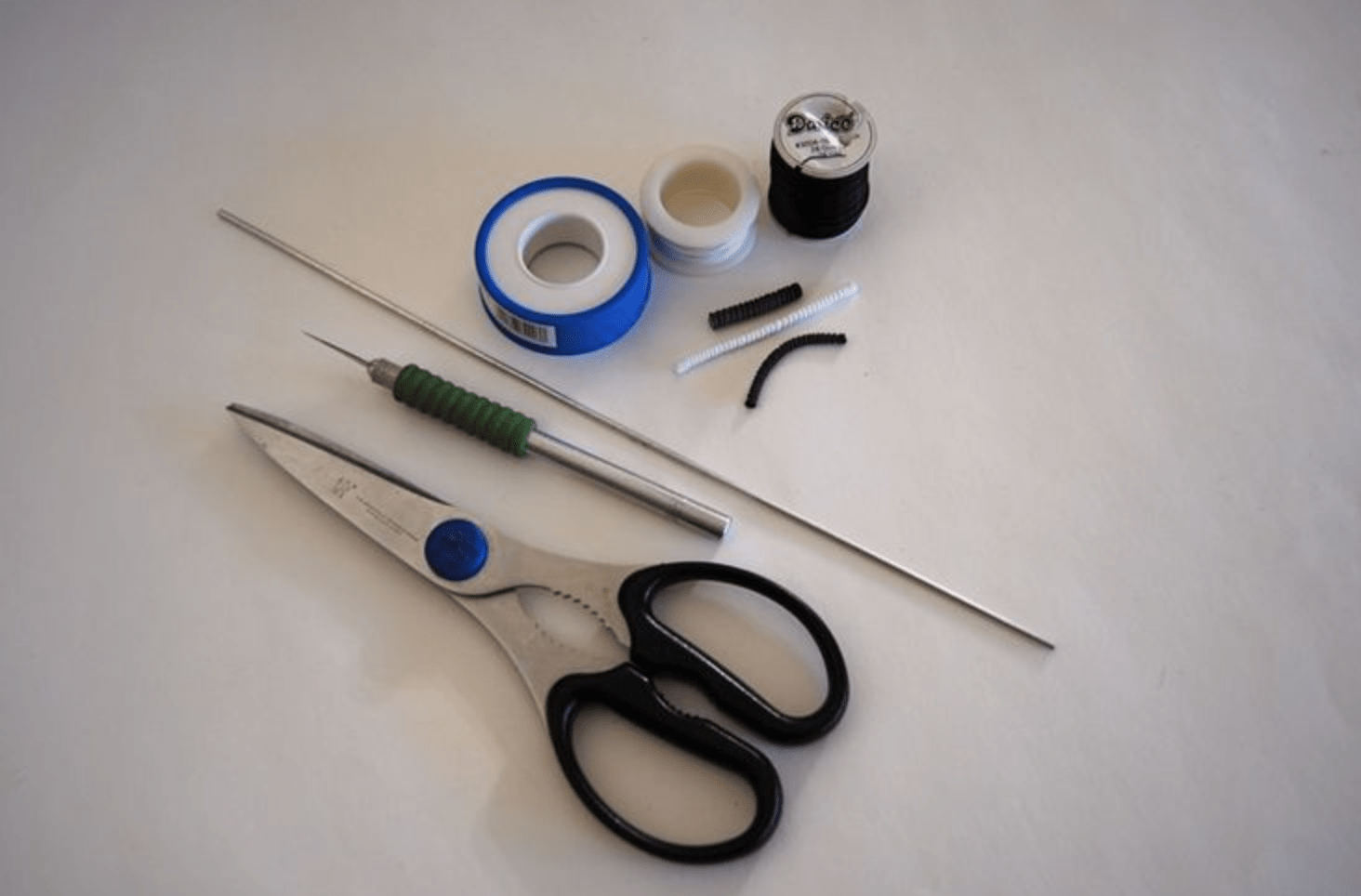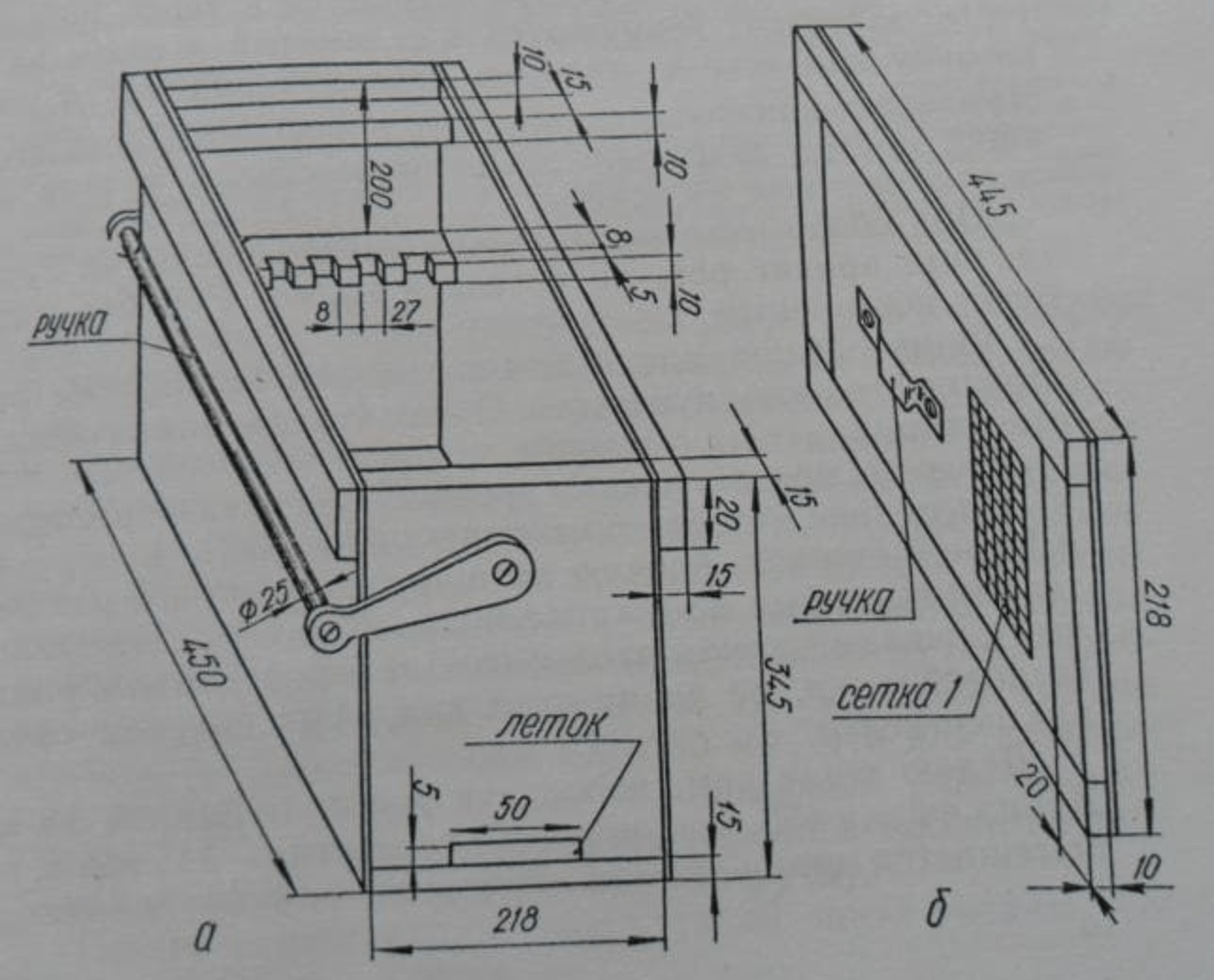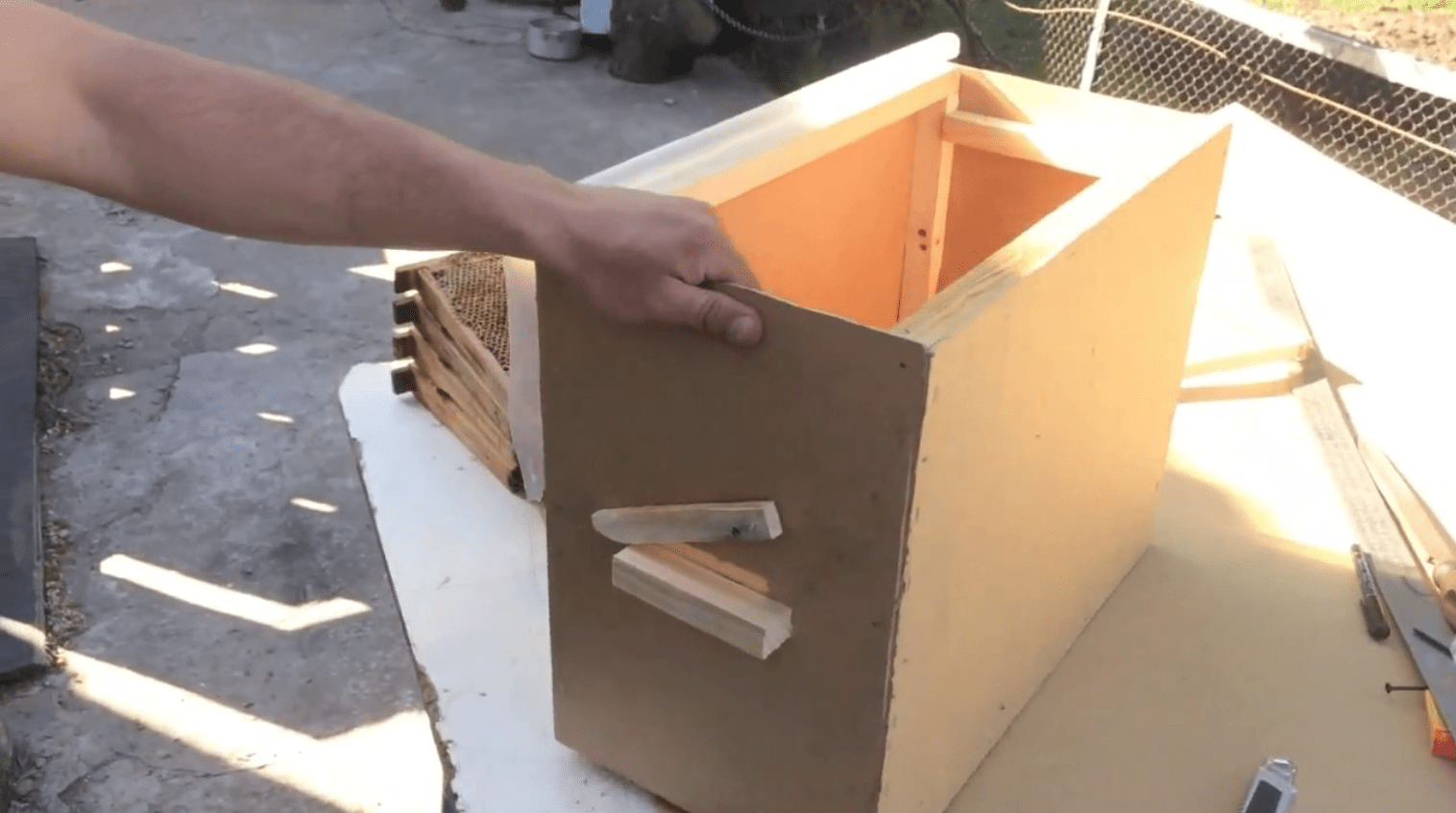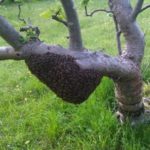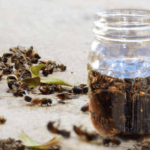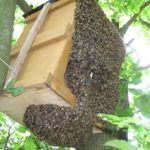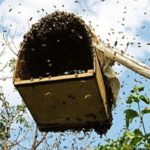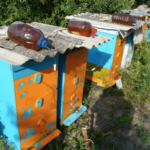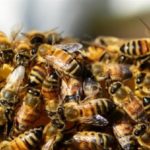You can expand your apiary in different ways. For this purpose, it is worth buying new families, working on creating layering and breeding queens. It is also permissible to resort to another method - catching swarms. This activity is considered quite difficult, but at the same time very exciting. To achieve success, you should use special bee traps. Many beekeepers make them with their own hands.
Primary requirements
Bee swarm traps must meet a number of requirements. These include the following:
- Tolerate precipitation and not deform under the influence of wind. It is recommended to make such a structure from fiberboard or plywood.These materials are lightweight and durable.
- Place the bars that are used as a frame inside the trap. Placing these elements outside provokes the accumulation of moisture and leads to premature damage to the walls.
- Use a khaki camouflage color that includes spots and stripes. This will help hide the traps from prying eyes and avoid theft.
- Make ventilation. In essence, the structure resembles a small beehive in which a swarm temporarily lives.
- Securely fasten the frames. They should not move when removed from the tree and transported. To do this, nail a strip on top.
- Place traps 1.5 kilometers from the apiary. Experienced beekeepers note that bees prefer free-standing trees.
- Make the trap fairly loose. Its volume should be 40-70 liters. You should place 4-8 frames inside.
- Give the structure a distinct smell. The aroma will attract scout bees, who will bring it to the family. For this purpose, it is permissible to use lemon balm, propolis or burnt wood. Also, a swarm can be attracted by old black dry land. At the same time, bees react poorly to a recently painted product. They cannot stand the smell of paint, which takes at least a year to wear off.
- Lighten the design. To protect the structure from precipitation, a film should be placed on the lid. It needs to be secured on the sides with a stapler.
- To reduce weight, it is permissible to remove the lid. To do this, it is necessary to place horizontal strips between the upper beams of the frame. The bees will be isolated from the upper space. As a result, you will be able to get a ceiling on which you place a pillow and a thick film on top. It should be secured to the sides.
Types of traps
There are many types of bee traps. Beekeepers make structures in the shape of pyramids, cones, and rectangles. For the purpose of mechanization, hinged covers are used, equipped with a long cable. When installing such a structure on a pole, you can safely remove a swarm of bees located high on a tree. For novice beekeepers, a rectangular structure is more suitable.
Drawings and dimensions
No specific drawings are required to construct bee traps. The device includes a container with a valve and an inlet. You can use plywood or fiberboard as a gate valve. This will require a piece that blocks the entrance.
Beekeepers invent various methods for attaching the damper. As a rule, it rotates on hinges or is held on a pin. To press the structure, install a spring and use a handle in the form of a lever.
It is important to accurately calculate the dimensions of the structure. To catch a large swarm, you should use a 40 liter trap. A smaller design will allow you to catch a small swarm. The most common option is considered to be medium traps with 5 frames.
How to make a bee trap with your own hands
The design is easy to make. It is important to choose the right tools and materials. To make a plywood structure, you will need the following:
- plywood;
- nails;
- slats with a cross section of 20x20 millimeters;
- pliers;
- electric jigsaw;
- hammer.
To assemble a plastic trap you will need:
- large capacity from the cooler;
- scotch;
- wire;
- knife;
- awl;
- scissors.
To make a plywood trap, you first need to cut the sheet. It is best to cut the fragments using an electric jigsaw. The assembly of plywood blanks is carried out by joining using nails and slats. All joints must be tight. For the entrance hole in the front, a slot is made in the form of a taphole. Its size should be 100x10 millimeters. It is necessary to make a valve from the strip.
The top panel acts as a roof. It is larger than a box. Loops are used for fixation. Bait is loaded through the roof, which folds to the side. The inside walls are insulated using polystyrene foam. Then you need to attach handles or a strap for moving. The bottom and roof should be impregnated with drying oil and covered with waterproof material.
You can make a simple bottle trap in just 10 minutes. First you need to cut off the neck with a small part on the side. Then place the bait in the body. The cut element must be turned over and inserted upside down into the main container. Punch holes at the joints with an awl and sew them with wire. Finally, paint the bottle with water-based paint and tape it to the wood.
Installation Tips
To catch a swarm, you can use different methods. To attract bees into a trap, do the following:
- Rub the inside of the box with lemon balm herb.
- Cover the entrance with propolis. In addition, joints and corners should be treated with propolis solution.
- Place old frames inside. It is advisable that they are already used in families in the spring. It is acceptable to place 1-2 frames of old sushi. The rest must contain foundation.
- There should be no honey left in the frames, which attracts ants.
- When installing, make sure there are no ant nests nearby.
- Place the traps supported on a strong branch and tie them securely to the tree.
- When working at height, remember the safety rules. Be sure to use a safety belt and assembly claws.
- Remove the trap from the tree carefully. In this case, the entrance must be covered with foam rubber. The trap must be securely tied and lowered using ropes or straps. The procedure should be carried out early in the morning or late in the evening, when all the bees are inside.
- Inspect traps once a week. If you do this less often, the family will collect a lot of honey. In this case, the mass of the structure will increase significantly.
Correct use of bee traps helps to significantly expand your apiary. Moreover, such a design can be done with your own hands.

